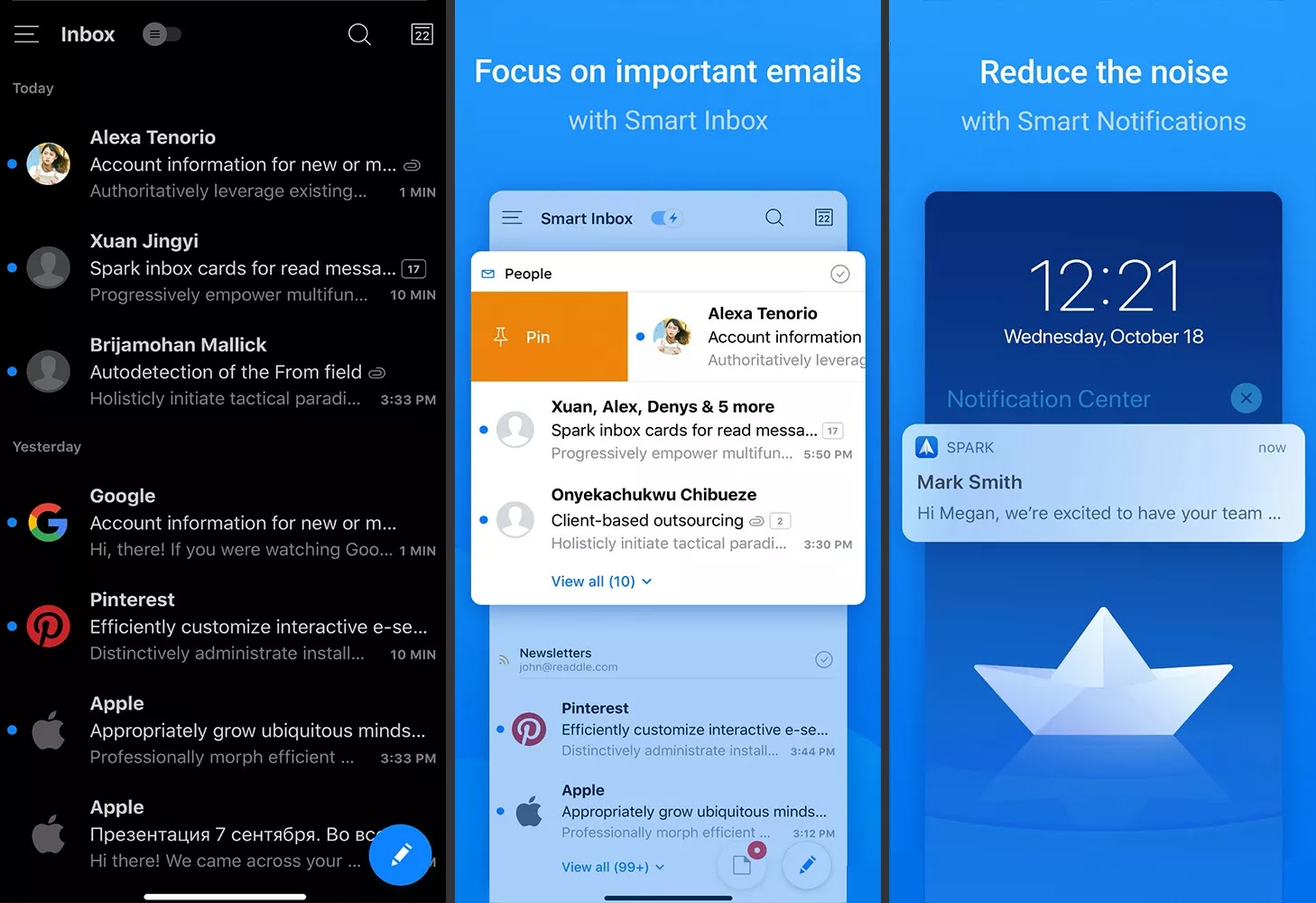What is Disk Management ?
Disk Management is a system utility in Windows that was first introduced in Windows XP as a replacement for the fdisk command. It allows you to perform advanced storage tasks & It is an extension to Microsoft Management Console that allows complete management of disk based hardware detected by Windows.
What is the Use of Disk Management ?
It is used to
manage the drives installed on a computer, such as optical drives, hard drives
(internal and external) & flash drives. It can be used to partition and
format drives, assign drive letters, and more.
Users can view
and manage the drives installed on their computer through this and the
partitions associated with those drives.
What is Disk Management Availability?
It is available in most versions of Microsoft Windows (Windows 11, Windows 10, Windows 8, Windows 7, Windows Vista, Windows XP, and Windows 2000).How to Open Windows Disk Management ?
One of the simple way to access Disk Management is through the Computer Management utility, which you can access from Administrative Tools in Control Panel.
- Click Start and
go to the Run option. You can also press Windows Key + R to open the Run
option.
- Type diskmgmt.msc
and press Enter.
- In the Administrative Tools window, double-click Computer Management, and then click Disk Management in the Storage section.
- Open Control
Panel.
- Click Performance
and Maintenance in Category View or Double click Management in Classic View,
& then click Management.
How to Use Disk Management?
It has two main sections - top and bottom:
Top Section - The
top section contains a list of all partitions, formatted or not, that are
recognized by Windows.
Bottom Section - The
bottom section provides a graphical representation of the physical drives
installed in the computer.
Performing
certain actions on drives or partitions makes them available or unavailable to
Windows and sets them up for use by Windows in certain ways.
These are some general things you can do in Disk Management:
- Format a drive
- Partition a drive
- Change a drive
letter
- Expand a
partition
- Shrink a partition
- Delete a
partition
- Change the file system of a drive
More Information
The disk
management tool has a graphical interface like a normal program and is
functionally similar to the diskpart command line utility that replaced an
earlier utility called fdisk.
You can also use
Disk Management to check free disk space. Look under the Capacity and Free
Space columns (in the Disk List or Volume List view) to see the total storage
capacity of all disks and the remaining free space, increased in units (ie, MB
and GB). as well as percentage.





Comments
Post a Comment